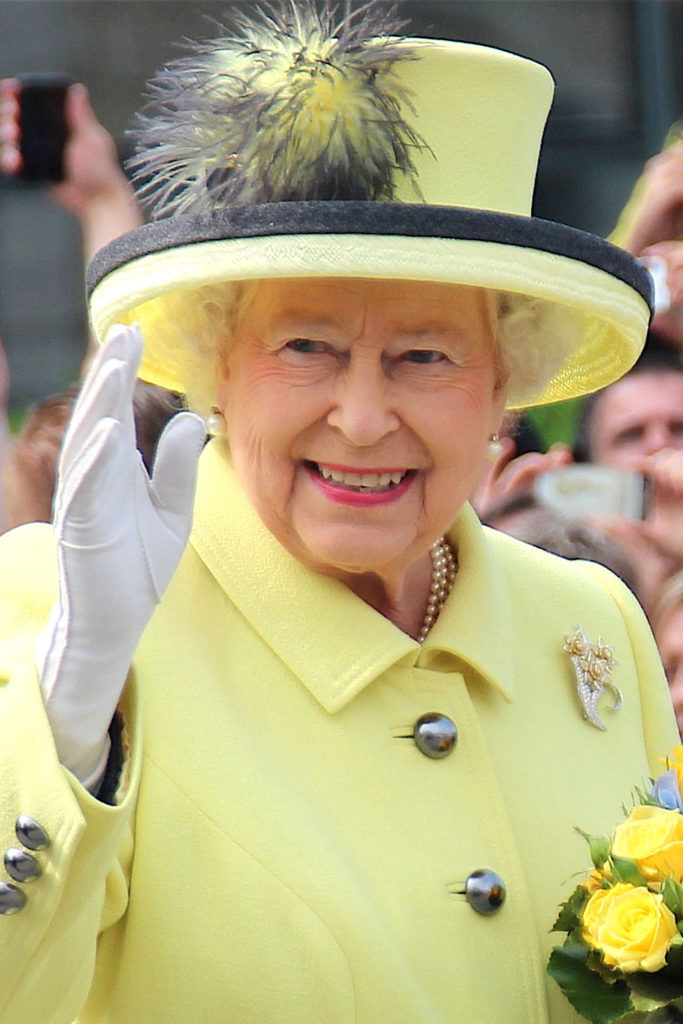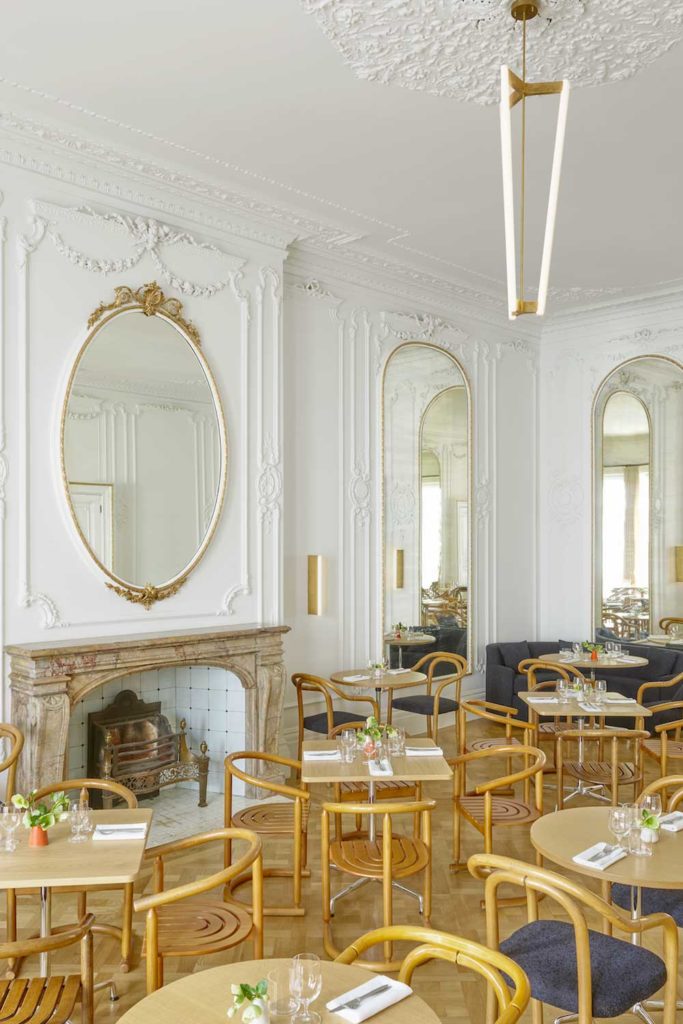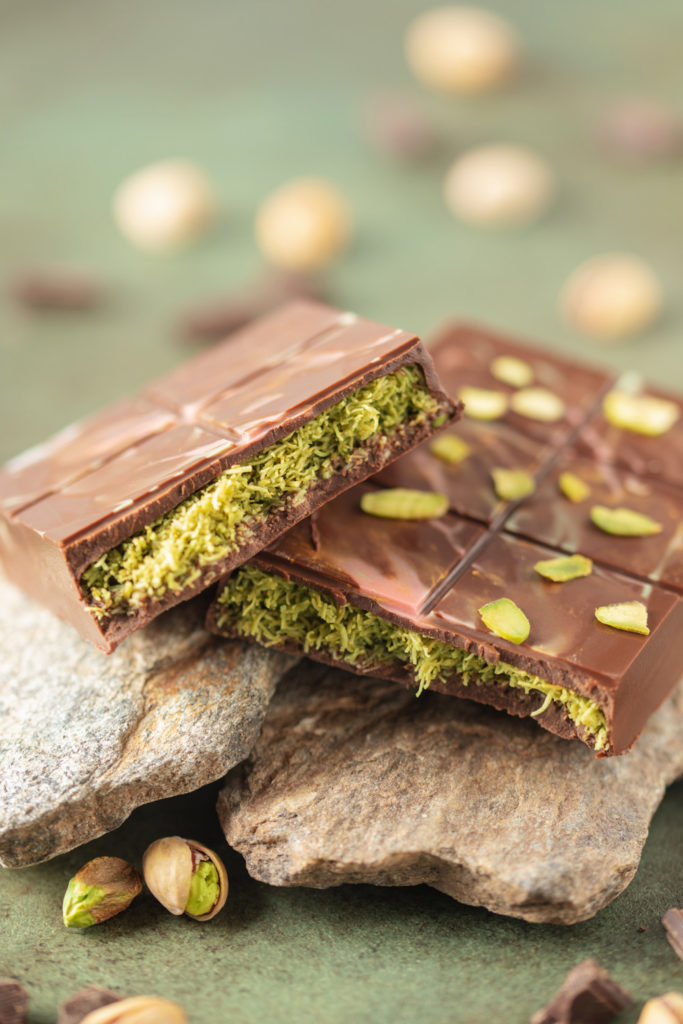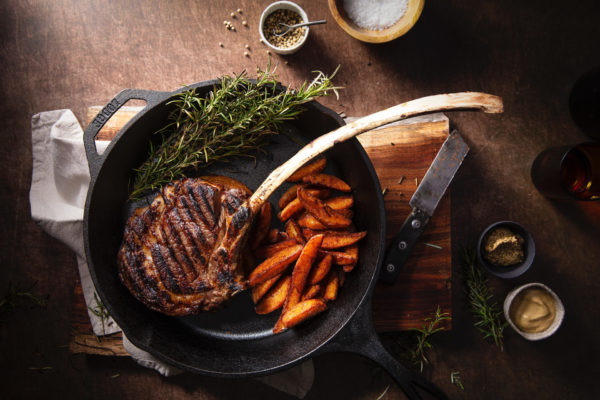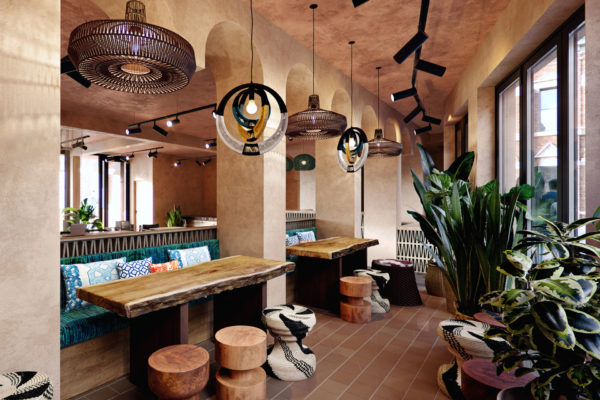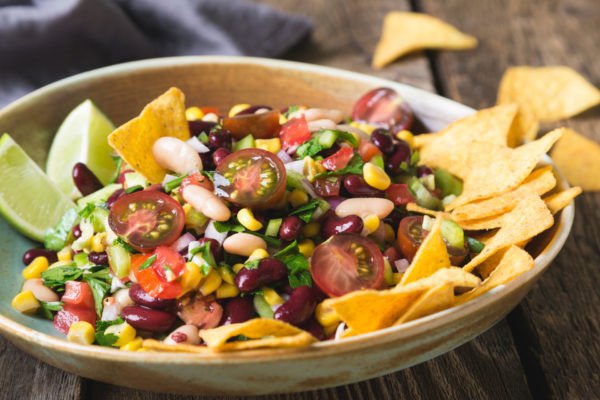Everything You Need To Know About Caviar
By
1 year ago
Why are fish eggs so pricey?
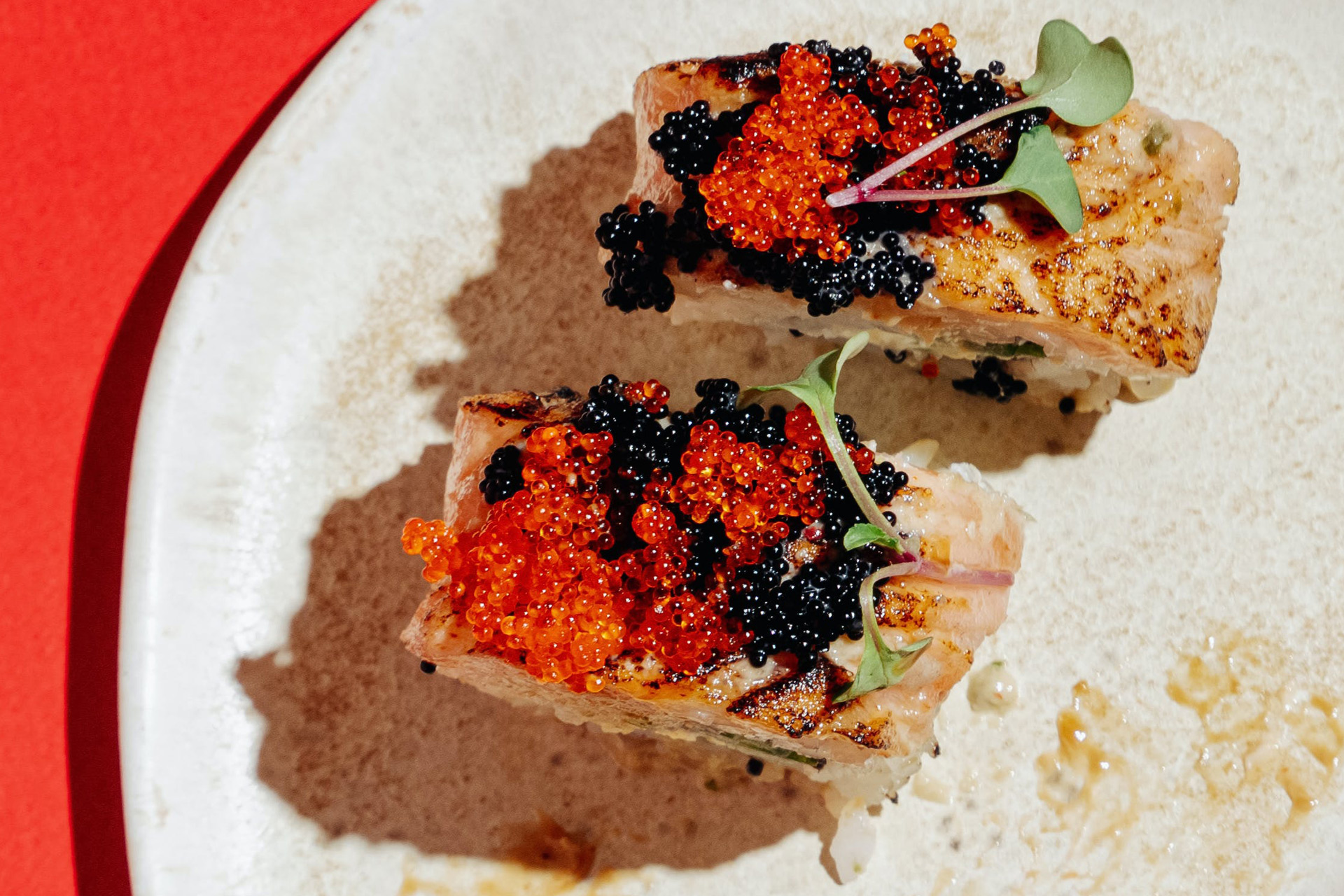
Caviar is having a moment. Earlier this year, London welcomed its first-ever cafe dedicated to the luxurious ingredient: Petrossian in South Kensington. Other trendy eateries are weaving it into their dishes – from Bob Bob Ricard’s recently opened little sister Bébé Bob to buzzy cocktail bar Common Decency and famously OTT Italian trattoria Jacuzzi. But we’re not just eating caviar when dining out: sales are also on the up. Lockdown sparked a rise in consumption as, confined to our homes, we searched for new ways to get our culinary kicks – and years on, interest surrounding the notoriously expensive shows no sign of slowing, despite the cost of living crisis. With that in mind, we get the lowdown from caviar expert Cyrus Tabrizi, founder of Iranian producer Caspian Monarque.
Everything You Need To Know About Caviar
Q&A with Cyrus Tabrizi
What is caviar?
Caviar is the roe from the species of sturgeon, which are slow growing fish from the Acipenseridae family. These toothless prehistoric fish thrived in the depths of the Caspian Sea for many centuries and had a huge influence on the Persian economic landscape throughout history. Persian caviar has been the epitome of luxury as early as the days of Aristotle, and even now, after many centuries, caviar from the Caspian sea is still considered the finest in the world.
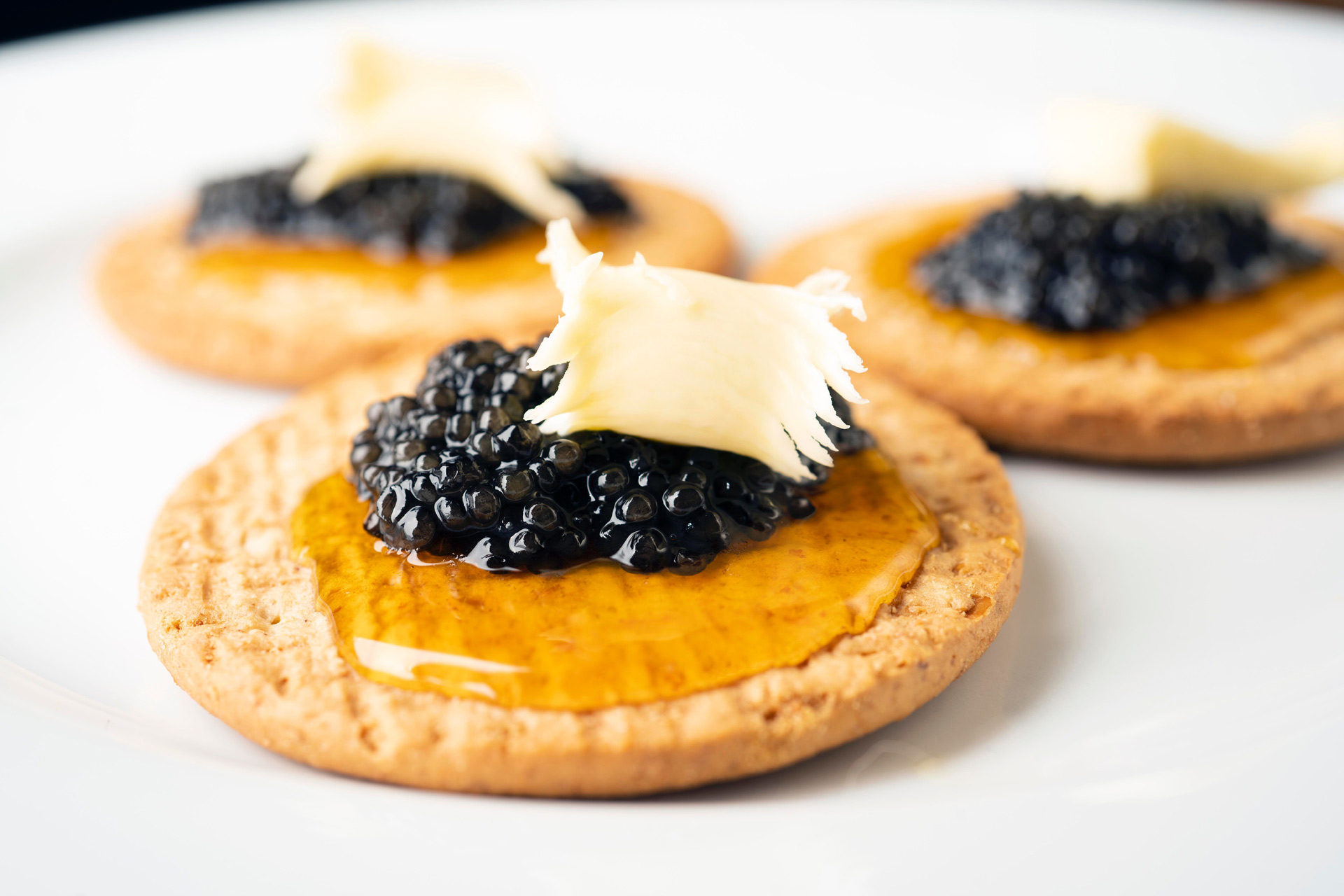
Pexels
What are the different types?
There are many different types of caviar, starting from Almas, which is the most rare and exquisite of all caviar, gold in colour with a mild and buttery flavour. This is a true luxury treat for any caviar lover.
Next we have Beluga caviar which is the most popular type. There are five grades which are different in size and colour, however they all still have a mild buttery taste with a hint of the earthy Caspian Sea. The size and colour of the caviar changes based on the age of the fish. For Beluga, the size ranges from medium to very large and colour ranges from light grey to dark grey – the older the fish, the bigger and darker the roe is.
Another type of caviar is called Ostera – this roe comes from the sturgeon species of Acipenser Persicus. There are three different grades of Ostera, they range from small size to very large, they also differ in colour from Beluga as Ostera caviar ranges from rich sorrel brown to gold. The flavour is extremely unique, it has a mild nutty flavour with higher grades also having a hint of sweetness.
Another type we have is Sevruga, it comes from a sturgeon species called Acipenser Stellatus. Different from the other grades, Sevruga only comes in size small, and ranges from greenish black colour to light grey. The flavour is extremely unique, with smooth buttery flavour and sweet sea spray, leaving you with a Caspian Sea tang.
Next we have Baeri caviar which also shares the common name of Siberian Caviar, it comes from Acipenser Baerii species of sturgeon. Baeri only has one grade, and it’s harvested from fish between ages of five to six years. The flavour is subtle with a full body, and the grain size is small, it also is black in colour.
Why is it so expensive?
Caviar is expensive due to overfishing and high demand back in the 20th century, which led to wild sturgeons almost becoming extinct. Now it is illegal to use wild sturgeon for caviar production as it is now considered to be an endangered species. Caspian Monarque is one of the few producers who still harvest caviar from the Caspian Sea, however we focus on ethical and sustainable farming practices and we mission to further preserve the rare and endangered sturgeon species. We are committed to traceability, sustainability and quality throughout the 147 stage process of production.
What’s the best way to serve and eat it?
This really depends on the person, however for me the best way to eat caviar is on its own or with a bit of fresh bread. When eating it on its own, I can experience all of the notes and hints of flavours found in the caviar.
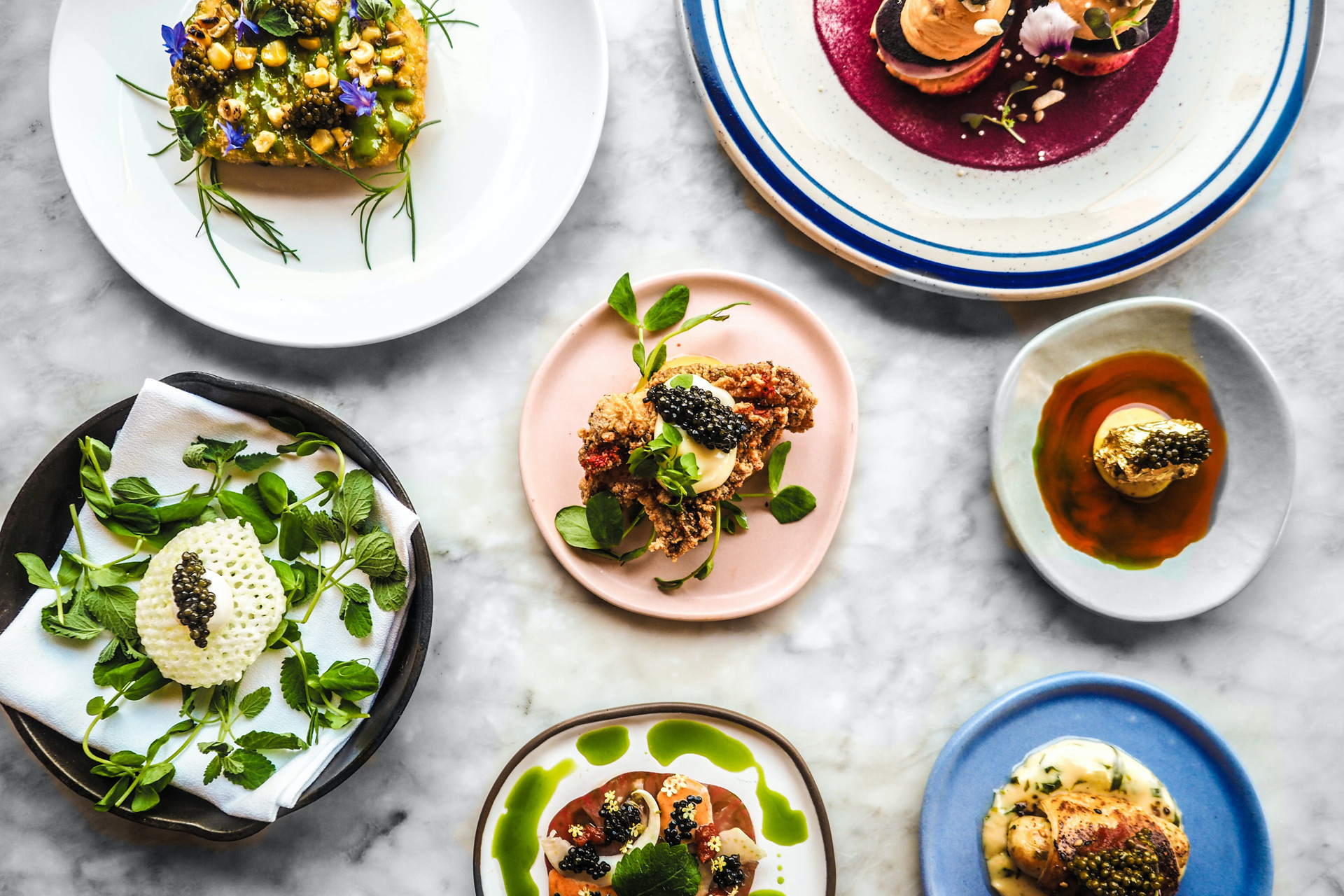
Pexels
Which foods pair best with it?
I would say any food can use a bit of caviar. I recently saw many chefs using caviar with chocolate in desserts and I think it’s beautiful that caviar is finally being used in both sweet and savoury dishes. Think of caviar as a luxurious umami, salty, earthy flavour pop – so to each chef their own.
Which drinks pair best with it?
Champagne and vodka go extremely well with caviar: they enhance the flavour as often they are not empowering, so they really do help it shine. But look for an extra dry vodka or dry champagne, and if not then a dry white wine or water is perfectly fine. More of a palate cleanser.
How should it be stored?
All caviar should be refrigerated at all times, at the safe temperature between -2 and 2 degrees celsius. If you’ve got it out on display then place the metal tin into a larger bowl of ice to keep it chilled, this follows the traditional Iranian serving custom of placing a smaller bowl within a larger decorative vessel filled with ice.
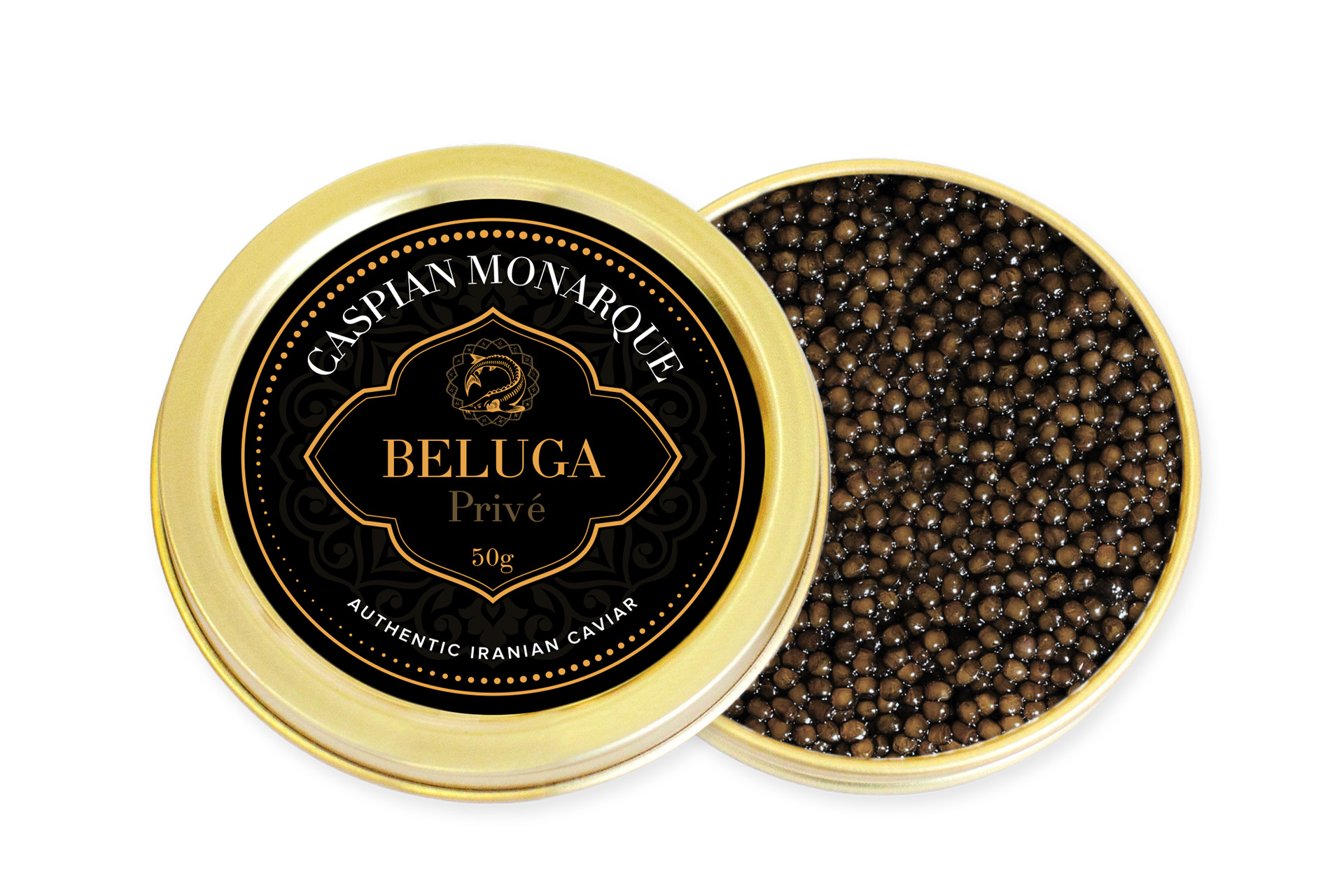
What should we look out for when buying it?
The sale of caviar around the world is heavily regulated, due to sturgeon being an endangered species. The regulations are based on sustainability and ethical production for the benefit of the fish. Here at Caspian Monarque we pride ourselves on its authenticity and are one of the few producers of traditional and authentic Iranian grown caviar, where the fish lives in the environment where they naturally evolved. There are strict regulations which we follow to ensure no disruption of the species natural habitat, native breeding ground and through many years in rearing.
We also adhere to the unified International legislation imposed in 2006 by CITES (Convention on International Trade in Endangered Species of Wild Fauna and Flora). Each Caspian Monarque tin of caviar also includes the extremely important CITES label on the back. This informs each customer where the caviar originated from: species, harvest year etc., which are incredibly important when purchasing ethically sourced caviar. The CITES Code gives you all the information you need to properly compare two or more caviars, from the sturgeon species that produced the caviar, to the country where the caviar was harvested.
Best places to eat it in London?
I’m a big fan of the selection at Fortnum & Mason, and they do a very nice service at The Royal Exchange. Either Sevruga or Beluga served with scrambled eggs, potatoes and bellinis makes for a very pleasant and filling experience.

